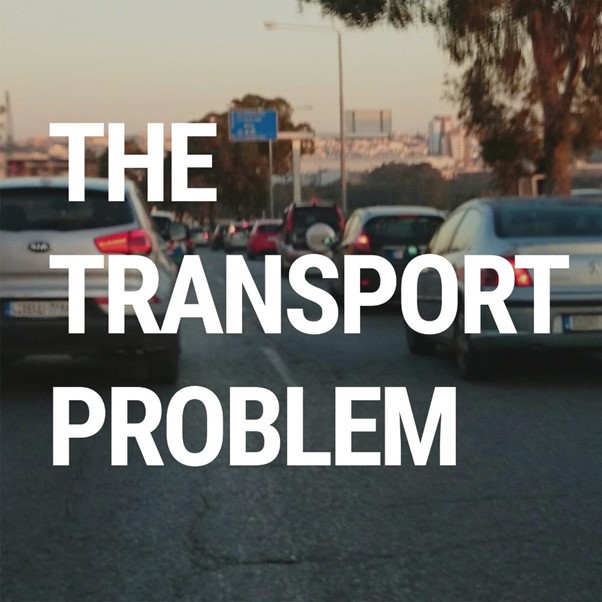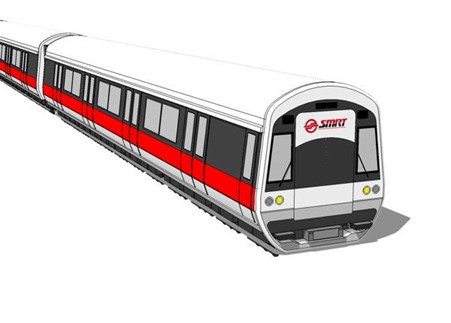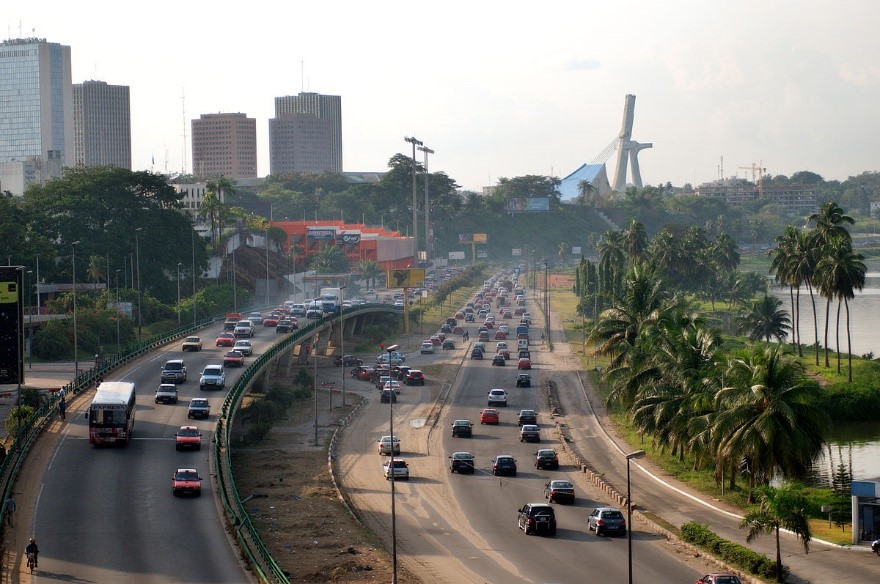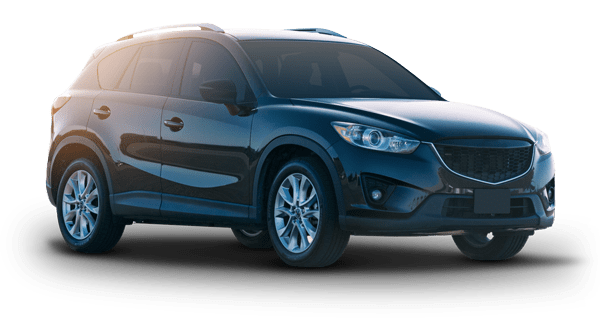



Every newly independent country, particularly the landlocked regions like south (Koo | Greater Upper Nile) is supposed to have comprehensive plans for its transportation system and started on the first phase of its development to implement those plans, which can be divided in three or along several axes. The first is between urban transport, second is the inter-urban transport between the regions, and third is the international transport that relates to all the trading partners (6-8 neighbours). Each of these categories of transport challenges manifest in different ways and impact different parts of the transport equation. The other axis would be between freight and personal transportation. Within each of these categories, the topics of transport efficiency, availability, affordability, and sustainability; quality of transport infrastructure; border crossings; safety and security issues while in transit; and other challenges exist must be the priority. But as you can see on the picture below, people were marched on foot for their lives and when they reached mighty infested River Nile, they do not only risk losing their possessions and livestock, but they risked losing lives as it had happened countless time in the past and still happening to present days.

There is no form of public transport such as trains or buses

There is no lorry or truck to be hired to transport your goods from point (A) to point (B).

We will not be able to hire a big truck like the one seen on the left to deliver goods to our site.

Anyone will be able to bring one of these trailers but there is no suitable track or roads for them to use anywhere in the regions.

There used to be some barges to transport people from one side of the riverbank to the other side of the riverbank but not anymore.
Personal & Small Groups

Events & Corporate Travel

